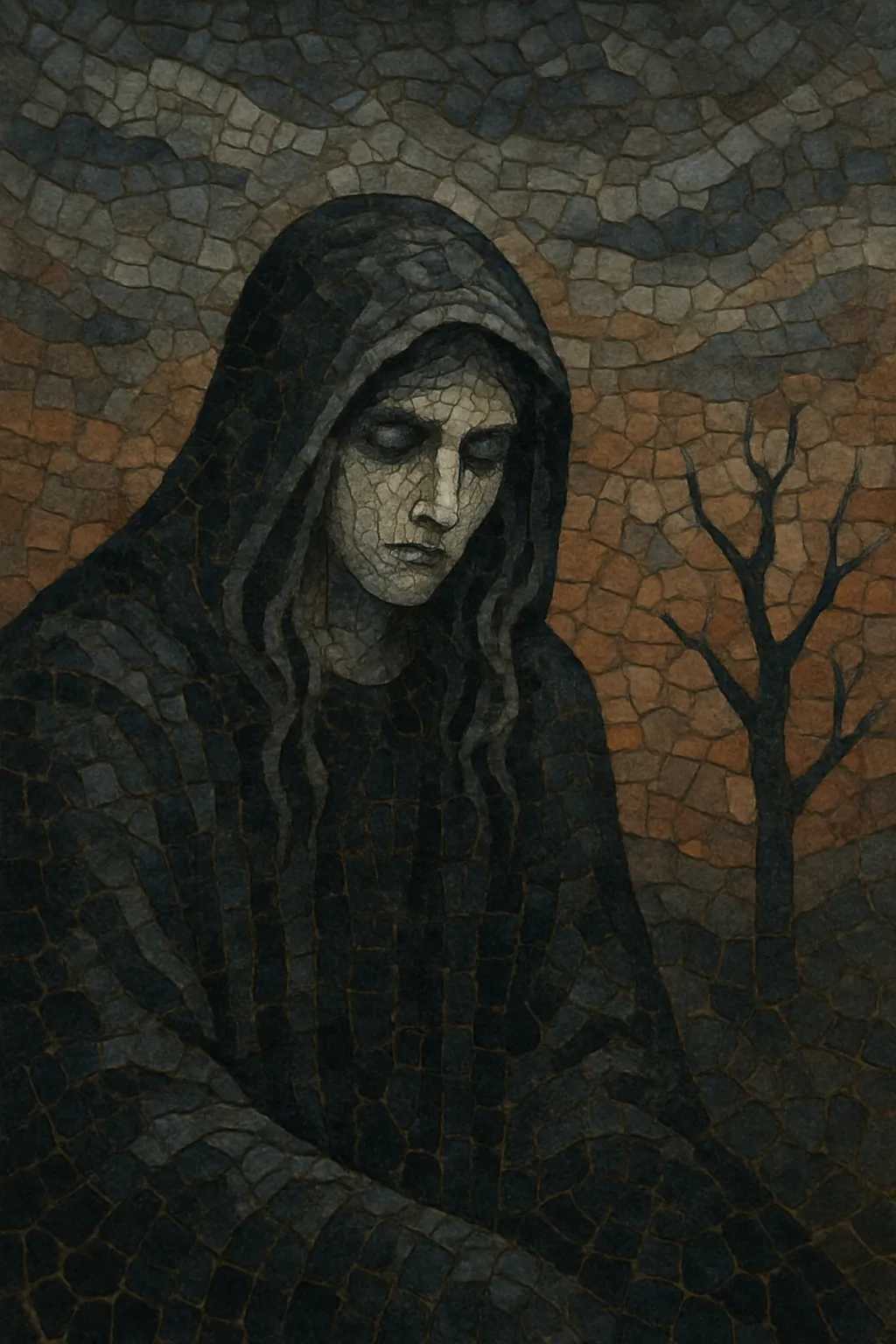Doomgaze is a hybrid of doom metal’s crushing weight and shoegaze’s hazy, immersive textures. It pairs ultra-slow, down-tuned riffs with walls of reverb- and delay-drenched guitars, creating music that feels both monolithic and ethereal.
Vocals are often breathy, distant, or melancholic, sitting low in the mix like another instrument. Tempos tend to be slow to mid-slow, the low end is thick and sustained, and songs usually unfold in long arcs that favor mood and atmosphere over technical flash.
The result is a sound that balances heaviness and dreaminess—cathartic, immersive, and emotionally heavy without relying on aggression.
Doomgaze grew from two parallel currents: the thick, slow weight of doom/sludge metal and the enveloping guitar atmospherics of shoegaze and dream pop. Early post-metal and drone-doom experiments suggested the blend, but projects like Jesu (UK) and Nadja (Canada) made the fusion explicit in the mid‑2000s—pairing tectonic low-end with blurred, reverb-smeared guitars and subdued vocals. The Angelic Process (US) similarly pushed a blown-out, emotional maximalism that became a touchstone for the style.
During the 2010s, critics and fans increasingly used the term "doomgaze" to describe bands who centered this combination rather than merely flirting with it. Planning for Burial and True Widow gave the sound a stark, minimalist edge; Spotlights and Cloakroom brought fuller band dynamics and hook sensibilities; Year of No Light and other post-metal outfits folded shoegaze’s glow into doom architectures. The aesthetic identity—slow tempos, immense sustain, spectral vocals—became widely recognized.
The 2018–2020s period saw broader audience uptake as acts like Holy Fawn and Iress highlighted the genre’s emotive, cinematic side. Production norms evolved: denser low-end management, bigger spatial design, and more deliberate contrast between clean shimmer and crushing heft. The style now straddles underground metal and indie/post-rock communities, remaining a fertile space for textural experimentation and somber, cathartic songwriting.


